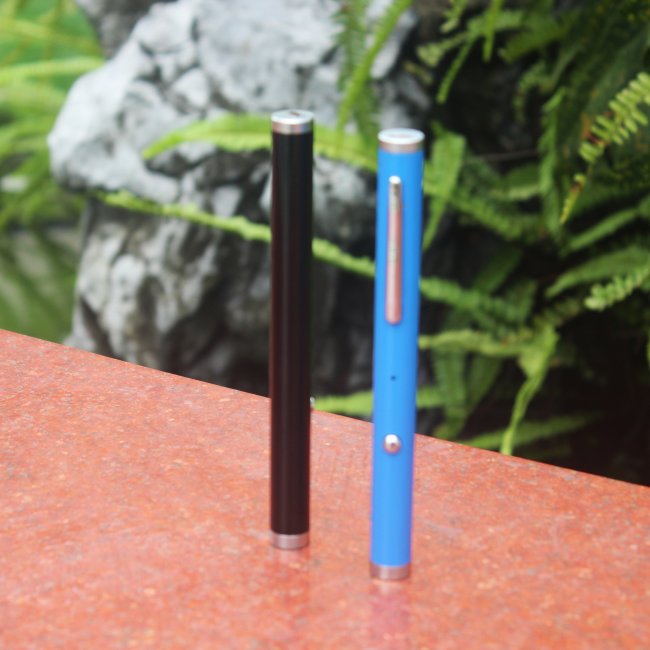According to the “Daily Mail” report, scientists are building the ultimate weapon to deal with asteroid impacts, that is, targeted asteroids and directed energy systems for exploration. The system will use laser pointer beams to intercept and change the asteroid’s flight path. Scientists are building the ultimate weapon for dealing with asteroid impacts-DE-STAR, which is a “directed energy system for targeting and exploration of asteroids. The system will use laser beams to intercept and change the flight path of asteroids.”
Schematic diagram of the system performing various tasks, including asteroid steering, component analysis, long-distance spacecraft energy supply and propulsion, etc. The picture on the right is an imaginary picture of the gasification of an asteroid caused by a laser beam. The concept of laser interception of asteroids has been proposed for many years, and a recent paper pointed out that this is a feasible solution to prevent “Near-Earth Objects” (NEOs) from threatening the Earth. Physicist Philip Rubin of the University of California, Santa Barbara and Professor Gary Hughes of California Polytechnic State University are the authors of this theory.
Another smaller system is also under development. Researchers hope that the system can fly side by side with potentially threatening asteroids, shifting its flight path for a relatively long period of time. According to the researcher, in general, these technologies are currently achievable, and the main challenge is how to build a sufficiently large and efficient system.
In a paper published in the journal “Earth and Planetary Astrophysics”, one of the authors, University of California, Santa Barbara, explained how lasers can move asteroids and even vaporize them, so as to avoid impacts on the earth. . He said that the orbiting planetary defense system will likely heat asteroids to the point of gasification.
When the asteroids start to eject material, the reaction force will cause them to leave their existing orbits. According to reports, if DE-STAR has a green laser pointer array that is about 100 meters wide, it can deflect an asteroid that is 3.2 million kilometers away and about 100 meters in diameter. In addition, if another system, DE-STARLITE, runs for 15 years, it can offset an asteroid with a diameter of about 300 meters by a distance of about 13,000 kilometers.
The researcher used a laser to heat the basalt to a white-hot state. This process changes the mass of the object and produces an effect similar to a “rocket thruster”, using the asteroid itself as a propulsion force. In space, the energy generated by this process is enough to change the path of the asteroid. Another smaller system is also under development. Researchers hope that the system can fly side by side with potentially threatening asteroids, shifting its flight path for a relatively long period of time.
